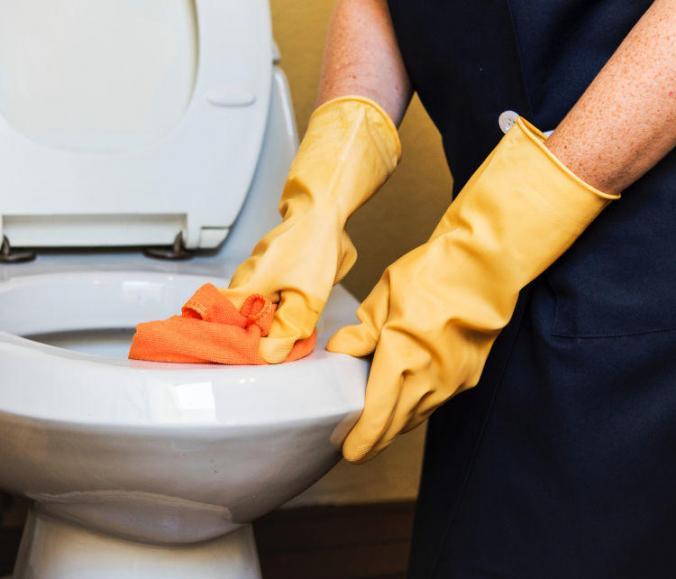Nearly one million people are employed as maids and housekeepers at hotels, motor hotels, resort hotels and motels, according to the National Institute for Occupational Safety and Health (NIOSH) and the Bureau of Labor Statistics (BLS). Approximately 89% of housekeepers are female and self-identify with an ethnic minority group. About 44% are Hispanic or Latina and 22% are another minority.
Context and background
As part of their daily work routines, these individuals make beds, restock linens, dust, vacuum and perform a multitude of other cleaning activities in guest rooms and throughout the facility. Very high proportions (77-91%) of housekeepers self-report experiencing pain in areas including the low back, upper back, and shoulders, which they attribute to work activities. In fact, in 2010, housekeepers had the highest reporting rate of all workers for overall injuries resulting in significant annual claims costs.
Medical conditions
According to the National Occupational Research Agenda (NORA) workplace hazards for maids and housekeepers may include: musculoskeletal disorders from bending, pushing carts and making beds; traumatic injuries from slips, trips and falls; respiratory illnesses from cleaning products that contain substances such as irritants and bleaches; skin reactions from detergents and latex; and infectious diseases from agents such as biological wasted and bloodborne pathogens found on broken glass and uncapped needles.
On its Hotel-Motel Industry Safety & Health – Custodial Housekeeping and Janitorial Cleaning page, the Washington State Department of Labor and Industries (L&I) recognizes similar hazard exposures including: awkward postures and lifting, chemicals, slops and trips, and sprains and strains. L&I also has several informational videos regarding the known dangers and hazards in the housekeeping industry. This includes a training video that addresses a number of topics such as safety and cleaning procedures, back injury prevention and chemical safety.
Summary
Workers in this injury laden industry are often minorities (as noted above) and are often paid minimum wages. It is also a difficult job to modify to light duty and many of the workers in this profession don’t possess education or skills for other less strenuous work. Therefore, when disabling injuries occur, these workers often face devastating circumstances due to their inability to work. Likely due to the industry wide costs associated with administering these claims, workers in this industry (especially those working for larger chains) also tend to face aggressive claim management from third party administrators. As a result, it is not uncommon for workers in this industry to seek legal guidance and representation, even when they realistically cannot afford the associated attorneys’ fees.

Leave a Reply